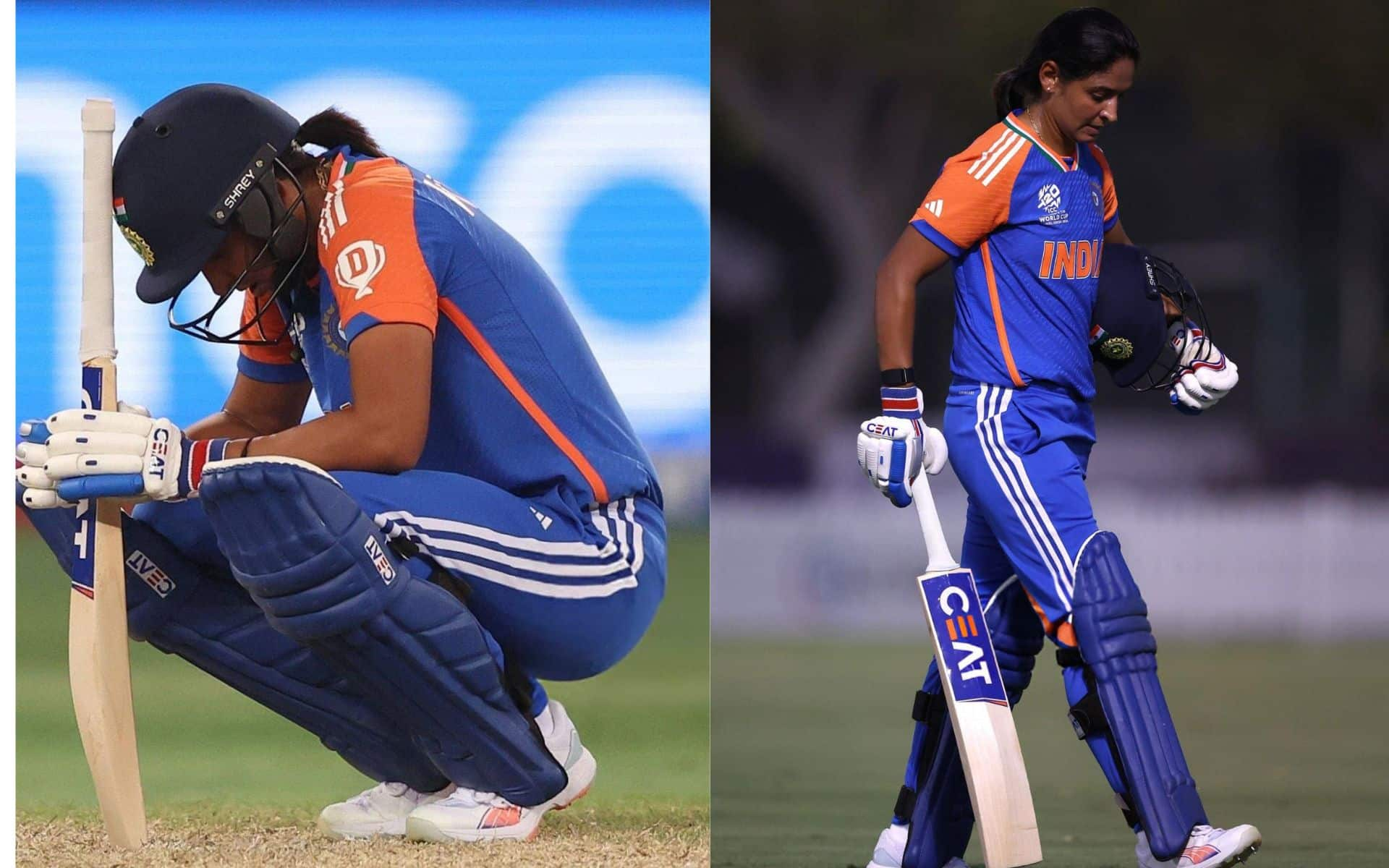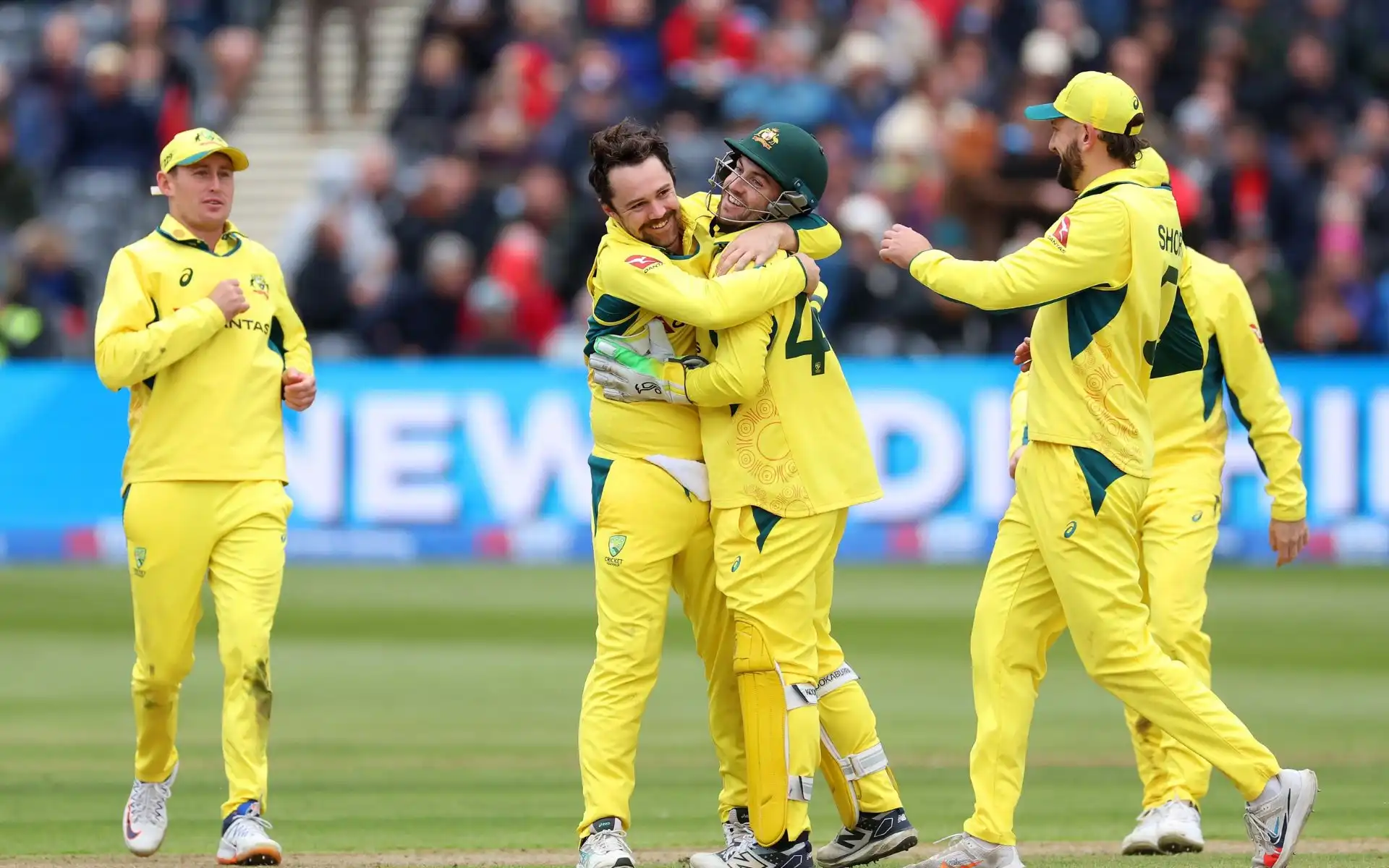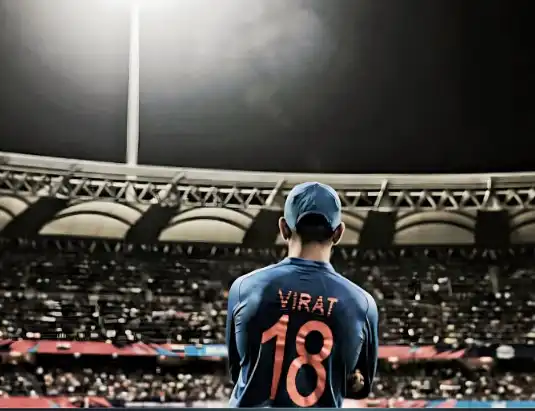![Indian women's cricket team has constantly been losing close matches [Source: @BCCIWomen/x.com]](https://onecricketnews.akamaized.net/parth-editor/oc-dashboard/news-images-prod/1728885677508_Untitled(24).jpg?type=hq) Indian women's cricket team has constantly been losing close matches [Source: @BCCIWomen/x.com]
Indian women's cricket team has constantly been losing close matches [Source: @BCCIWomen/x.com]
It’s a familiar tune for Indian Women’s cricket fans, one that leaves hearts heavy and hopes dashed. Once again, Australia’s juggernaut rolled over India in a low-scoring Women’s T20 World Cup 2024 thriller, sealing their spot in the semi-finals while the Women in Blue were left clinging to slim hopes.
With qualification now dependent on Pakistan defeating New Zealand, India’s fate is no longer in their own hands – a scenario that has, unfortunately, become all too common.
Over the years, India Women have found themselves in similar situations, tantalizingly close yet unable to cross the finish line. Why is this talented team repeatedly falling short on the grandest stages? Here’s a look at the reasons behind this troubling pattern.
1. Inability to Handle Pressure
Time and again, India has seen potential victories turn to dust in high-stakes situations. During the Commonwealth Games gold medal match in 2022 vs Australia, India was cruising with 44 needed off 33 balls and Harmanpreet Kaur steering the ship.
But in the blink of an eye, they collapsed, losing eight wickets for just 34 runs, ultimately falling short by nine runs. This was not a one-off instance; a similar story unfolded in the 2023 T20 World Cup semi-final, where India lost by a mere five runs despite being well-poised for victory.
When the going gets tough, it seems the pressure becomes an albatross around their necks, causing last-minute collapses that have cost India titles and dreams alike.
2. Overreliance on Star Players
A key flaw in India’s strategy lies in its overreliance on a few marquee players. The likes of Harmanpreet Kaur and Smriti Mandhana are undoubtedly world-class, but the team’s dependence on their performances leaves them exposed when these stars fall short.
In the ongoing Women’s T20 World Cup, both Harmanpreet and Mandhana have struggled to deliver consistently. When India puts all its eggs in one basket, they risk falling flat if that basket fails.
For instance, Harmanpreet’s misfortune with her bat getting stuck during a run-out against Australia in the 2023 T20 semi-final was a turning point that underlined the lack of depth in India’s batting lineup. When the team places the burden of success on a few shoulders, a single stumble can lead to a disastrous chain reaction.
3. Failing to Perform as a Cohesive Unit
India has the talent, but what they lack is unity on the field. Cricket is a team sport, yet Indian women often appear disjointed, unable to come together when it matters most.
In critical moments, a well-oiled team would rally to cover for each other’s slip-ups. Unfortunately, this sense of collective spirit is often missing. While India has individuals who shine, they lack the synergy that teams like Australia possess.
This disjointed performance underlines a critical weakness – a fractured team spirit where individual efforts do not translate into a cohesive performance. As they say, “a chain is only as strong as its weakest link,” and India’s chain has far too many weak links when it counts.
4. Lack of Utility Players
Another glaring gap in India’s lineup is the absence of effective all-rounders. In modern cricket, utility players who can both bat and bowl are worth their weight in gold.
They provide a balance and depth that allow the team flexibility, particularly when main players fail to deliver. Australia Women boasts several such players, who can turn the game with both bat and ball, while India struggles to find reliable all-rounders.
This lack of utility players limits India’s strategic options, particularly when they need quick runs or crucial wickets. Without a well-rounded toolkit, India finds itself hamstrung in situations that demand versatility.
For India to shake off this “always-the-bridesmaid” syndrome, it’s essential to focus on nurturing a pool of players who can step up under pressure, share the burden, and rally together as a team.

.jpg?type=mq)
.jpg?type=mq)


